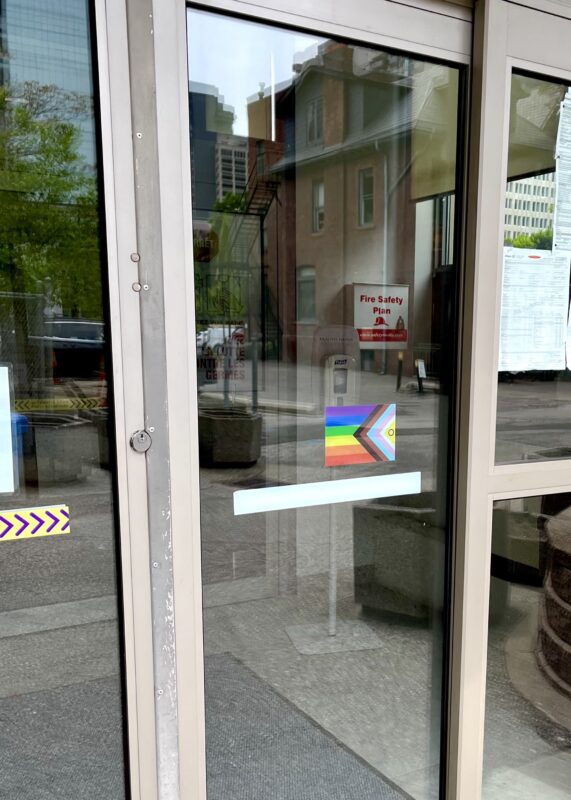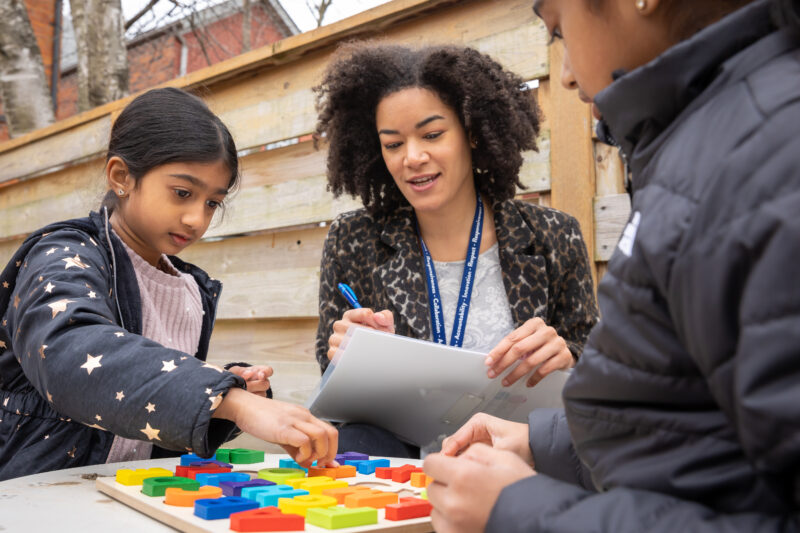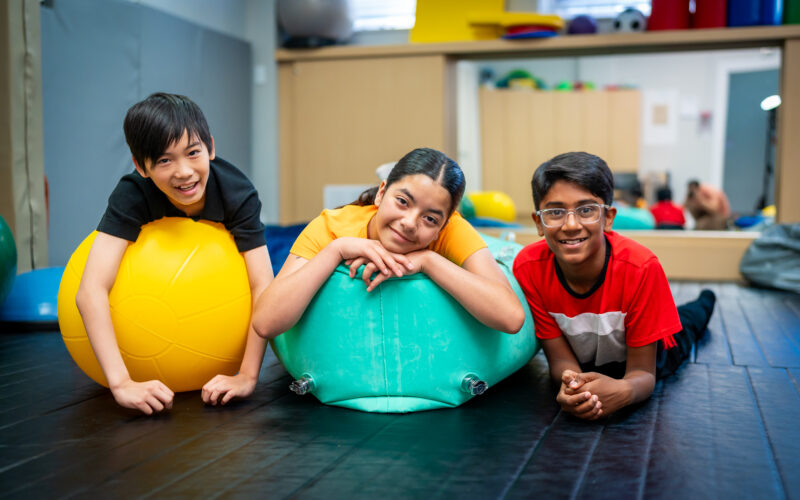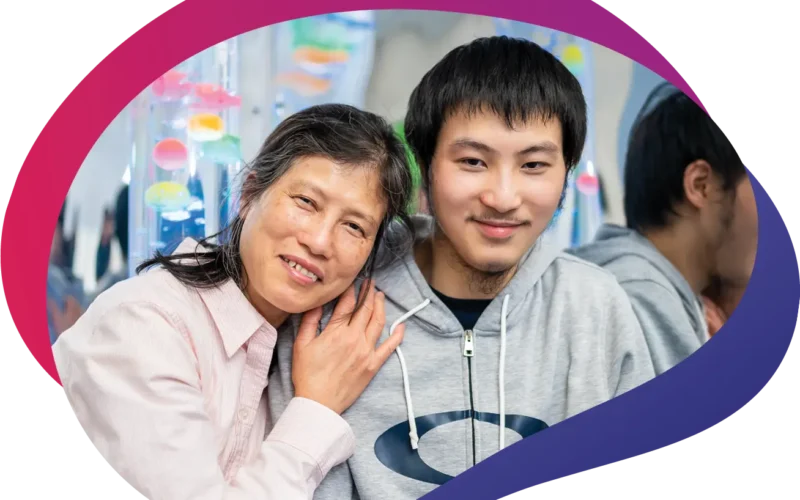At Surrey Place, inclusion isn’t just one of our core values, it’s a commitment we’ve woven into the fabric of our organization. Promoting a welcoming environment that celebrates diversity, eliminates barriers to accessing services, and values the right to belong is an important goal for Surrey Place. We want everyone to know they’re welcome.
Fostering inclusion is an ongoing process that requires intentional action and dedication to continuous learning. Read on to learn how we are leading the charge in creating safe spaces.
Embracing Gender-Inclusive Language
At Surrey Place, language matters in many ways. We place emphasis on using accessible, respectful, and gender-inclusive language. Gender-inclusive language is a way of communicating that strives to make everyone feel included and treat people of all genders, and agender (those with no gender), with respect and dignity. Some key tips we follow by include:
- Avoid gendered language or language that frames gender as binary.
- Always seek permission and clarification from the person or people on how they want to be identified and use pronouns in accordance with what a person wants.
- Use gender-neutral terms for job titles or when a person’s gender or personal pronouns are unknown.
- Be mindful of culturally significant terms, like “2-Spirit” in Indigenous communities.
These are only some of the ways that we can ensure we are using inclusive language in the way we speak or write.
Visual Statements and Awareness Days
Visual statements are a powerful way to symbolize that all are welcome. By sharing visual symbols, such as Pride flags in our offices and website, we are letting others know that we support and encourage inclusive behaviour.

In addition to symbols, we actively celebrate awareness and diversity days with staff, such as Pride Month and Bi-Visibility Day to promote ongoing discussion, education, and community development. By promoting these diversity and awareness days both internally and externally, we encourage community celebration and representation.

Client-Centered Intake Practices
As the initial point of contact for clients and families, our Intake Team plays a critical role in creating safe spaces.
We take a client-centered approach, empowering families and clients to share their priorities through strength-based approaches. Families can identify their specific needs and what they feel is important for our staff to know.

Understanding that the Intake process can often feel overwhelming, our intake staff use trauma-informed practices to ensure that all conversations are conducted with sensitivity and respect. By placing families at the forefront, we can cultivate an environment of trust, centered and culturally sensitive care.
Commitment to Continuous Education
As an organization focused on prioritizing inclusion, our Equity, Diversity, Inclusion, Accessibility (EDIA) and Innovation team provides opportunities for Surrey Place to engage in continuous education and learning. Having an ongoing education strategy is crucial to inclusion. Maintaining a welcoming environment for all who use our services requires our staff to be continually reflecting, unlearning and learning.
Intersectionality is a key topic in conversations about inclusion since people may identify with multiple identities that have an impact on their life. Using a top-down model for EDIA means that every person at Surrey Place has a role to play in learning and accountability.
EDIA work means having differing voices heard at all levels, and inviting people to the table. We want to gain information from our community members and staff so we can learn from individuals with lived experience.
Kim S. Daniel, Director of EDIA and Innovation
Our EDIA and Innovation team works to ensure that diverse voices, including 2SLGBTQIA+, Black and Indigenous voices, are heard and valued. At Surrey Place we are currently offering training sessions to learn about EDIA fundamentals. Moreover, to better engage with the 2SLGBTQIA+ community, we are continuously seeking inclusive best practices and creating platforms (e.g. EDIA coffee chats) to ensure our work aligns with the needs of diverse communities.
In summary, inclusion isn’t just a goal at Surrey Place – it’s a lifelong journey that requires dedication and commitment. By focusing on the language we use, our physical spaces, client-centered practices, and continuous learning, together we are building a more inclusive future for all.


